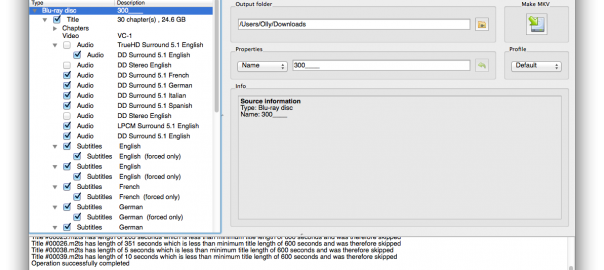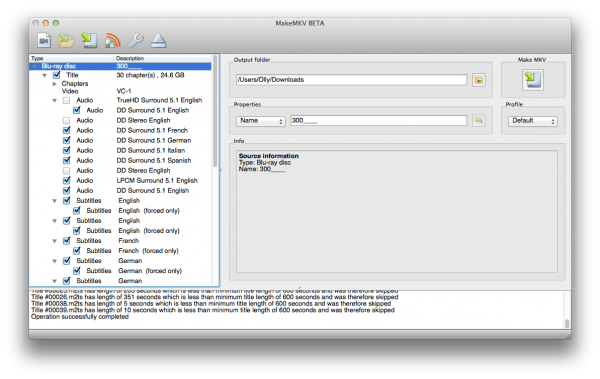The second E3 is usually when the big guns come out, the developers working on the second wave of games for the new consoles show off their labours, giving us the first proper taste of the games and franchises that will define this generation.
What we got if that was your expectation was a disappointingly conservative showing. Sequels, sequels, sequels, and a stubborn refusal to move on from the 360 and PS3, which is undoubtedly holding things back. Very few surprises and certainly none of the shocks that leave fond memories of fanboy meltdowns. Third-party exclusives haven’t been common for a while, of course, but my god do I ever miss those announcements that one was jumping ship or getting into bed with the enemy. There’s no excitement in platform holders’ conferences when you know that everything shown will be on the rival systems too.
This E3 may have been low on flash, then, but it was up there in terms of substance. It was full of impressive demonstrations of quality games, even if none of them were particularly memorable announcements.
As always, in order of appearance…
Microsoft
As the first to go and arguably the one with the most to prove, Microsoft felt like the one with the most potential for surprises. What it absolutely got right – and it really had to – was the focus on games. MS’s scramble to reposition the Xbox One has been done with admirable speed, and with the bombs like the Kinect-free version out of the way, all it had to talk about was the reason why people liked the first two Xbox systems.
Starting off with Call of Duty: Advanced Warfare felt like a misstep, as that’s a franchise in decline, with nothing to surprise and a disappointing lack of impact. It looked utterly uninteresting even for COD. I’m done with this series, I think it’s safe to say. When the next game was a cross-platform Forza, my will to live was quickly being sapped.
Once through the safe bets, though, there was some great exclusive stuff. Sunset Overdrive is unusual in a number of ways – it’s colourful, a new property, an exclusive, and a game from Insomniac that looks worth playing. Ori and the Blind Forest and Inside look beautiful, though I kind of feel like arty indie platform games are like modern military shooters at this point. The Master Chief Collection is astonishing value – four campaigns and over 100 multiplayer maps – when we’re being charged £55 for versions of The Last of Us and GTA V on the new consoles. I wonder if Crackdown was of its time and should be left alone, but I did adore the first one and will certainly give the new one a chance.
The lack of big surprises and the one more thing that would have topped off Phil Spencer’s turnaround of the Xbox division left me underwhelmed, but since that’s a problem for all three platform holders, I’m not going to hold it against Microsoft. When looking at what was there rather than what wasn’t, it was solid and safe. Nothing more.
B
Sony
Microsoft had patched many of its weaknesses in the weeks leading up to E3, leaving no easy wins like last year’s price and DRM announcements. In the absence of such freebies, Sony was much like Microsoft: lots of solid games, no surprises, little to really get giddy about.
Destiny was the opener – both conferences starting off with an Activision shooter, interestingly – and I don’t think I’m alone in thinking that Bungie’s game hasn’t set the world alight in its recent public showings. The alpha has convinced me that it’s a lot of fun, however, but to watch it on stage, it’s hard to see it coming close to making its supposed $500 million budget back. That white PS4, though. Wow.
The Order: 1866 was the headlining exclusive and hasn’t so far enamoured me – stunning-looking but it’s going to take something spectacular for an over-the-shoulder cover shooter to get me excited. LittleBigPlanet 3 is as uninteresting as the series has been since the disappointing first game. Uncharted 4 looks amazing if that is indeed, as has been stated, a real-time trailer. Bloodborne deserves hype simply for being a new action RPG from Hidetaka Miyazaki, the man behind Demon’s Souls and Dark Souls and whose touch was missing from Dark Souls II.
The return of Grim Fandango was a pleasant surprise, and as ScummVM was a fixture of my modded PSP, so will this be on my Vita. What it represents is also exciting: a sign that LucasArts under Disney hasn’t abandoned its point-and-click legacy in the way that the independent LucasArts seemingly had. Here’s hoping the excellent Monkey Island special editions will soon be getting some company.
Sony’s focus on indies still strikes me as a convenient and politically trendy way to plug the gaps in a thin release schedule. Nonetheless, I’ll take Hotline Miami 2, and assuming it has the gameplay to back up the concepts, No Man’s Sky deserves its accolades. Proof that a game can skimp on budget and development team size without giving up scope and ambition.
B+
Nintendo
Removed from physical E3 conferences as it’s removed from the hardware horsepower race, Nintendo brought its successful Direct format to the show. It worked well, I thought. All the games with none of the annoying, hooting, American crowds.
I’ll discount Smash Bros immediately, since I can’t stand it and find the astronomical hype around it baffling. I’ve bought the last three and still haven’t liked the series since the novelty of a Nintendo fighting game in the N64 one wore off. Following it with a Skylanders equivalent in Amiibo and Nintendo had a poor start in my opinion.
With the kids’ stuff and pretend fighting games out the way, though, Nintendo’s range of new announcements impressed me. Yoshi’s Wooly World gets some more mileage out of those shaders built for Kirby’s Epic Yarn and looks gorgeous, as Yoshi games have tended to through Yoshi’s Island and Yoshi’s Story. I love Nintendo when it gets creative like that a lot more than I do over another Mario Kart or Mario game that isn’t in the style of Mario 64, even if the experiments are not always successful.
The new Zelda is an exciting foray into open-world games – Nintendo being late to the party there again – with a nice art style that straddles cartoony and realistic. I’ll only temper the Zelda love with the caveat that it wasn’t Majora’s Mask 3D, which must surely be coming with the mask sightings increasing in frequency. Nintendo must be doing it deliberately, and I expect that to show up in a Nintendo Direct before too long.
Xenoblade Chronicles X (formerly X), Bayonetta 2, a follow-up to the excellent and underrated Kirby’s Canvas Curse, and Mario Maker, which is infinitely more appealing than another LittleBigPlanet, rounded up a strong line-up of exclusive releases. Hyrule Warriors was there, too, though Dynasty Warriors isn’t usually to my taste, so we’ll see on that one.
The biggest compliment I can give Nintendo is that if I was sitting on the fence and didn’t yet have a current console, the E3 showings would have had me leaning towards a Wii U, even despite the power deficit. Nintendo in HD is as beautiful and varied as we’d all hoped, with a commitment to smooth gameplay and flawless image quality that many third-parties could do with imitating – too bad it’s a generation late. Drop the price a bit more and I’ll happily be buying a Nintendo console for the first time in the better part of a decade.
A-
Perhaps my biggest complaint about E3 2014 is that so many trailers ended with the words “coming 2015”. It seems to me that this year’s biggest releases are GTA V, The Last of Us and Halo 1-4, suggesting that the games industry has finally outdone Hollywood in one respect: while Hollywood milks the 80s and 90s for remakes, gaming does it to last year. That’s a depressing state of affairs.
That’s a lie, actually. My biggest complaint was that Shenmue III wasn’t there. Sony, Microsoft, Nintendo: you’re missing out on an easy win!
 I’m planning out my annual Game of the Year list for 2014 and I have a serious problem: I’m fairly sure I haven’t even played ten new games this year. I still don’t have a Wii U, meaning I’ve so far missed out on a couple of gems there – Mario Kart 8 and Bayonetta 2 would almost certainly make the list – and I’m aware of a couple of candidates that I haven’t touched on the big consoles – The Evil Within, Dragon Age: Inquisition, Shadows of Mordor, Far Cry 4 – but it’s still a disappointing crop.
I’m planning out my annual Game of the Year list for 2014 and I have a serious problem: I’m fairly sure I haven’t even played ten new games this year. I still don’t have a Wii U, meaning I’ve so far missed out on a couple of gems there – Mario Kart 8 and Bayonetta 2 would almost certainly make the list – and I’m aware of a couple of candidates that I haven’t touched on the big consoles – The Evil Within, Dragon Age: Inquisition, Shadows of Mordor, Far Cry 4 – but it’s still a disappointing crop.
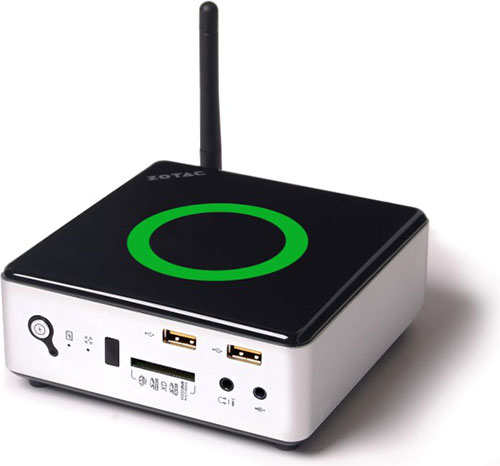 Tiny PCs like the
Tiny PCs like the 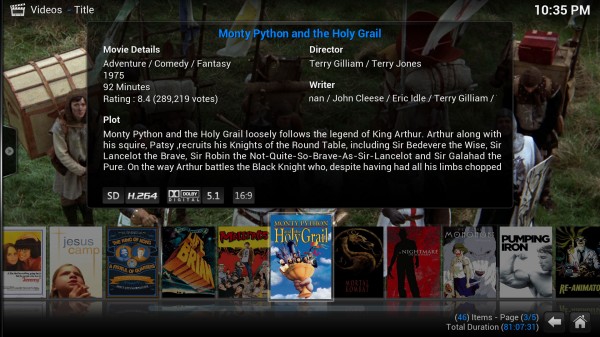
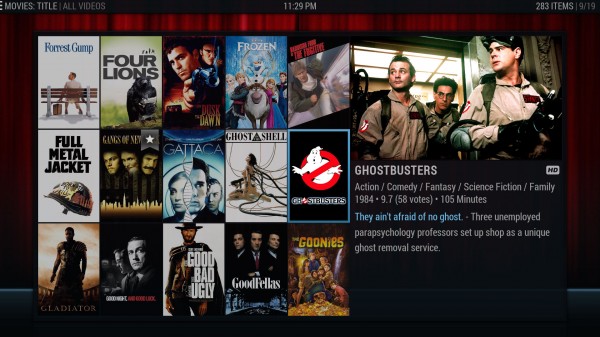
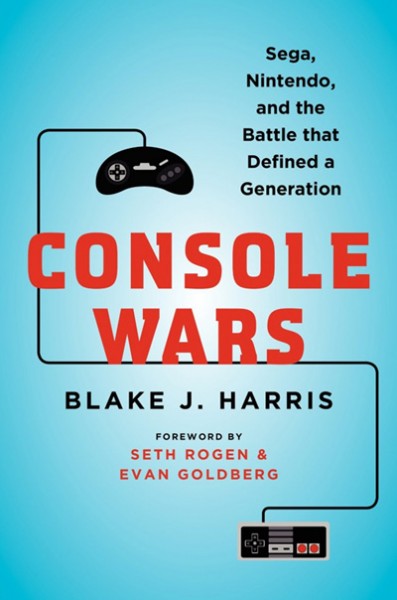 As much as I love my well-thumbed copy of
As much as I love my well-thumbed copy of 